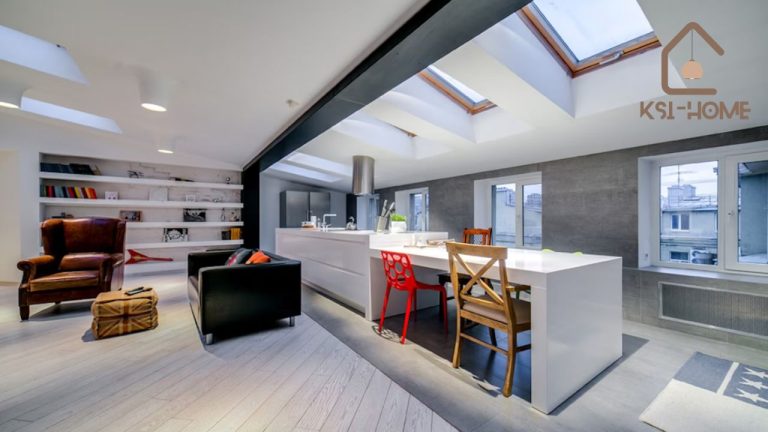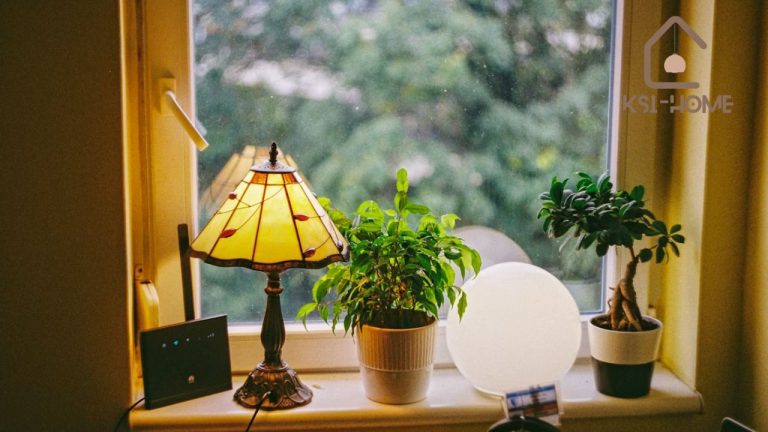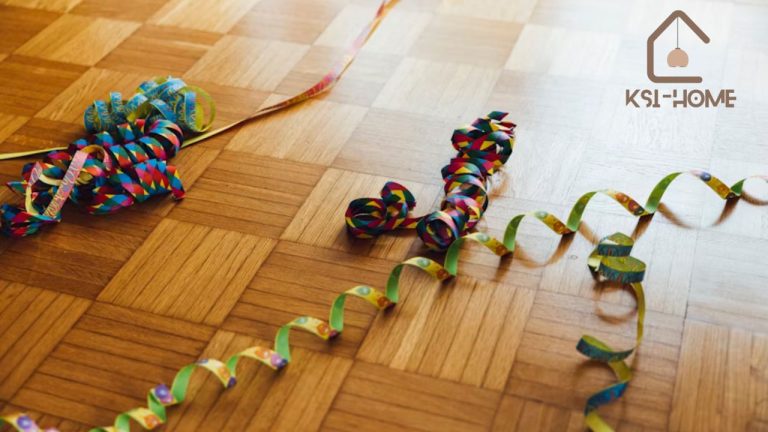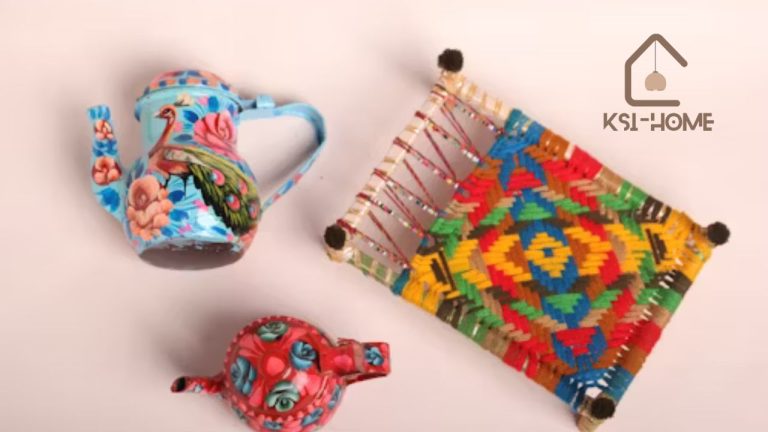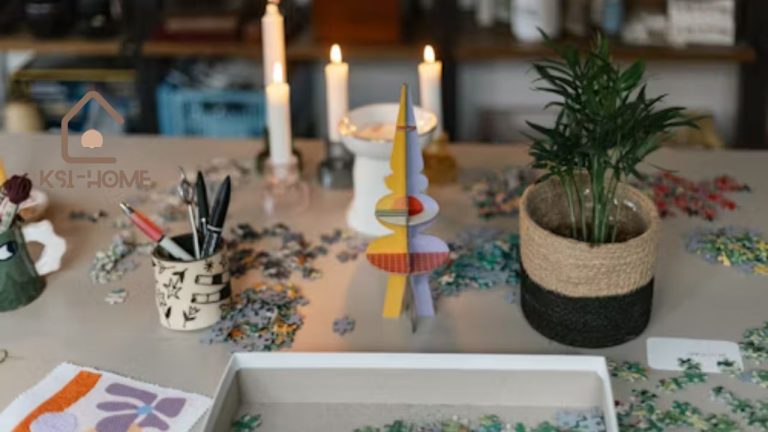Is Tipping Interior Designers Customary?
When you hire someone to beautify your home, the question might pop into your head, “Am I supposed to tip them?” It’s one of those awkward conversations no one really talks about, but don’t worry—I’ve got you covered. By the time you’re done reading this section, you’ll feel confident about what’s expected (or not) when it comes to tipping home decorators.
Why Tipping Even Comes Up
First, let’s talk about why tipping is on our minds at all. Tipping is usually a way to say, “Hey, you did an awesome job, and I really appreciate the effort!” Think about when you leave a tip at a restaurant or for your Uber driver. It’s a symbol of gratitude. But here’s the kicker—not all professions expect tips, and interior design happens to fall into that gray area where tipping isn’t really a must-do but can be a nice gesture.
Is It Customary?
The short answer? Not really. Tipping interior designers or home decorators isn’t the norm. Most professionals in this field charge fees that are meant to fully cover their expertise and services. These fees might include planning, designing, purchasing furniture, and overseeing the entire decoration process. Basically, they’re already getting paid for the whole kit and caboodle, so tipping isn’t a requirement.
That said, if your decorator or design team does something truly extraordinary or goes out of their way to make your experience special, tipping can be your way of saying a huge, heartfelt “thank you.”
Cultural and Regional Differences
Here’s where things can get a little tricky. Depending on where you live, the whole tipping culture might vary. For example:
- United States: Tipping is far more common and expected in service-based industries like restaurants and hair salons. But even here, tipping decorators isn’t standard.
- Europe: Tipping tends to be less frequent, but small gestures of appreciation like a thank-you gift are common.
- Asia: Gift-giving is often preferred over cash tips and considered far more meaningful.
If you’re unsure, there’s absolutely no shame in asking your decorator directly or checking with someone from your local area.
What Situations Call for Tipping?
While it isn’t expected, there are times when tipping your decorator makes perfect sense. Here are a few scenarios when giving a tip might feel “right”:
- Exceeding Expectations: Did they finish the project way ahead of schedule? Did they surprise you by tracking down that perfect piece of artwork for your living room? Then maybe a little extra “thank you” is in order.
- Tackling Challenges: Did they manage to figure out how to get that massive sectional sofa through your narrow hallway or deal with twenty surprise delays professionally and calmly? That deserves some recognition.
- Exceptional Effort: Did they come up with brilliant ideas that completely transformed your home, far beyond what you imagined? If their work “wowed” you, it might be worth showing extra appreciation.
How Tipping Differs for Team-Based Work
If your home decor project involved a team (say, assistants, subcontractors, or a furniture delivery crew), here’s a quick tip-friendly approach:
- Tip the team proportionately based on their effort. For example, if two movers delivered your furniture, you could tip both around $10–$20 each, depending on the complexity of the task.
- Consider the “head honcho.” For the lead decorator or designer who planned the project, a larger tip or gift might feel more appropriate.
FAQ Section
Q1. Do I have to tip my interior designer?
Nope! Tipping isn’t required in this field, but if you feel like they went above and beyond, it’s definitely appreciated.
Q2. What’s an appropriate amount to tip?
There’s no hard-and-fast rule, but anywhere from 10%–20% of the project cost (or even a flat gift of $50–$100) can be a nice gesture.
Q3. Are there alternatives to tipping?
Absolutely. You can give a heartfelt thank-you gift, leave a glowing online review, or refer them to friends and family.
Q4. What about during holidays or special occasions? Should I tip then?
It’s thoughtful to give a small token of appreciation during the holidays, especially if your decorator worked closely with you throughout the year.
Q5. How do I know if tipping is expected in my area?
If you’re not sure, ask directly or research customary practices in your location.
Comparison Table
| Situation | Tipping Expected? | Alternative Appreciation Method |
|---|---|---|
| Designer includes all services in their fee | Not necessary | Positive online review or testimonial |
| Team faces unexpected challenges | Optional | Handwritten thank-you note or small gift |
| Holiday season or special event | Thoughtful, but not required | Gift cards, flowers, or catered lunch |
| Local custom or cultural expectation | Depends on your location | Check what others in your area do |
Takeaways
There’s no one-size-fits-all answer here. Tipping your home decorator comes down to your unique experience. Did they go above and beyond? Did they make the process stress-free and unforgettable for you? Then go ahead and show them some love—whether it’s a small tip, a token gift, or even just a glowing review. Your appreciation will speak volumes.
Lastly, remember this isn’t a “rulebook.” You’re hiring a decorator to create a space you’ll love, so always feel empowered to decide what makes sense for you.
By the end of your project, whether you tip, gift, or simply say “thank you,” the idea is the same—to show gratitude for turning your vision into a reality. And, frankly, everyone loves being appreciated!
Next time someone casually asks you, “Hey, do you even tip decorators?” you’ll be the expert on the subject. Feel free to share this guide, and maybe even inspire others to make thoughtful decisions too!



